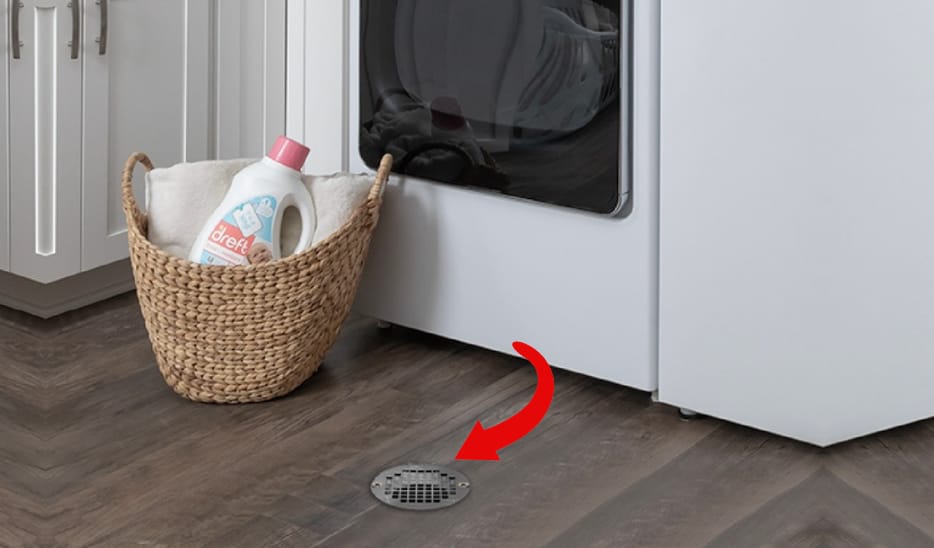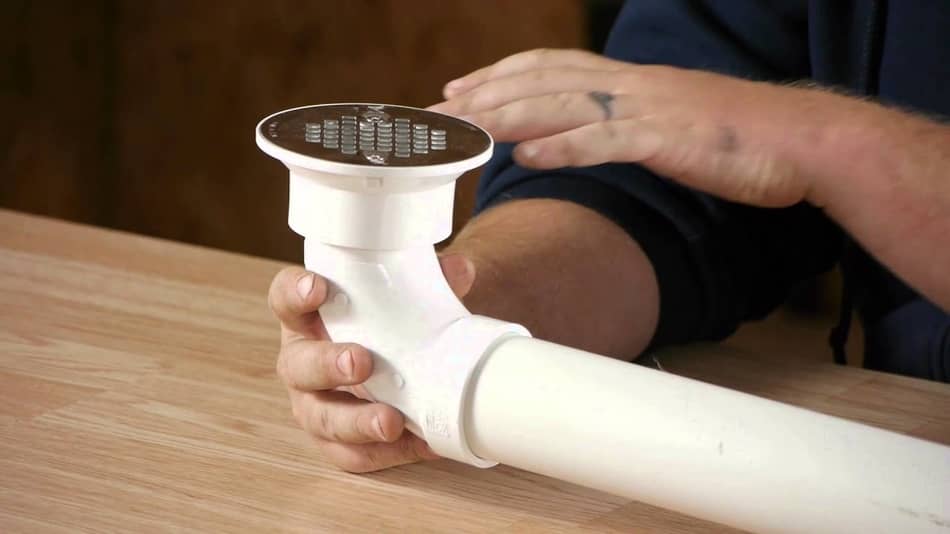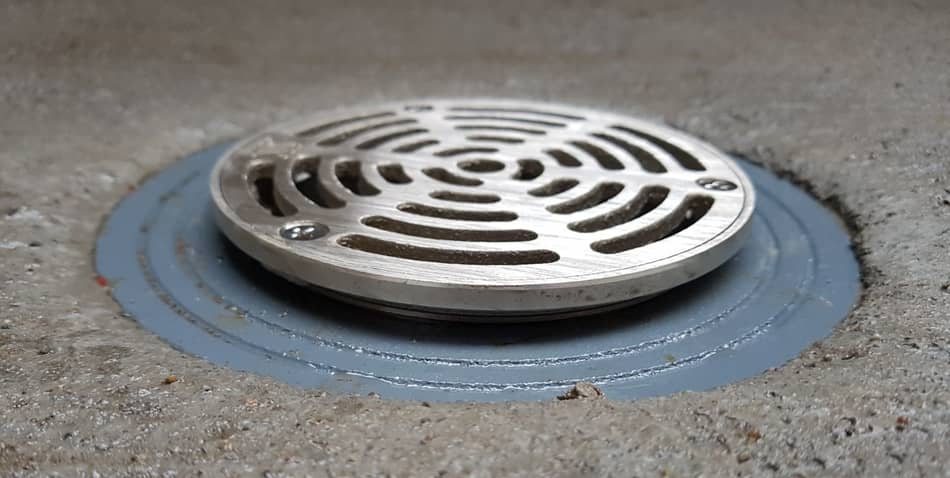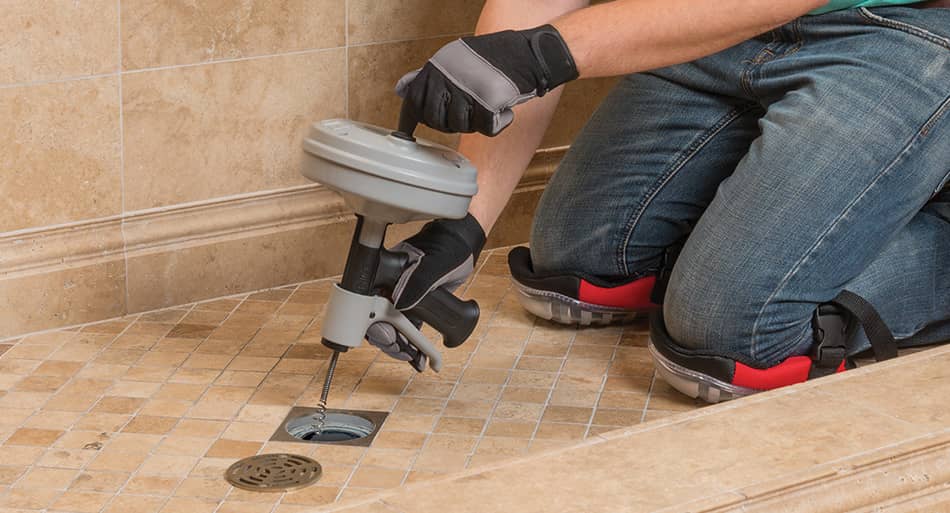Does a Laundry Room Need a Floor Drain? Plumber Explain

The laundry room is a place in the house where a lot of dirty work is done which is why there is often a real mess in it. You’re probably wondering if there’s anything that could make the laundry process easier for you. A floor drain could be a good solution, but not all laundry rooms really need a floor drain. In this article, we’ll talk about this and much more. So, let’s start!
So Does a Laundry Room Need a Floor Drain? The laundry room doesn’t require a floor drain system installed according to the IPC code. However, having a floor drain in the laundry room can prevent water damage in the rest of your house. Also in case of flooding, it can protect your laundry room from even more damage.
The floor drain is a great solution when you want to avoid damage that can be caused by water in the laundry room and throughout the household. It works by draining water from your home into a sewer system or city drain. We will explain this in a little more detail below.
The floor drain is a system that offers many advantages, and among them are:
- The longer life span of household appliances
- Better quality of water in the household because when you have a floor drain, in your septic tank comes a lot less wastewater
- Higher level of protection against damage caused by water in the basement, especially during heavy rains.
- A floor drain reduces the possibility of waste water penetrating your living space
Floor drains are required only for commercial use, but you should also know that it is a good option to have them in your home so you can protect yourself from water damage.
> Buy Floor Drain For Bathroom Here <
Keep in mind that there are also other solutions that can be used to stop water damage, such as raised floors and sewer grates. When the laundry room is located on the house’s ground floor, you can also protect your household appliances, such as dryers and washers, by placing them on elevated surfaces. Wooden pallets and bricks are good choices in this case.
If you have a hole in your basement, be sure to read Why Is There a Hole In My Basement Floor?
How Much Does It Cost to Install Floor Drain?

The floor drain installation project in your laundry room costs approximately $3,000. The exact amount is determined by the room size, the cost of work (depending on where you live), and the price of the products you will use.
For comparison, unplugging a system or replacing a drain will cost you far less (between $200 to $400). Although at first glance, it seems that installing a floor drain is an expensive undertaking, you should know that you can save money with it. If flooding occurs in your laundry room, the value of the damage is measured in hundreds of dollars.
Can Floor Drain Be Connected To a Washing Machine?
You can only connect the washing machine and other household appliances to the floor drain if they are connected to the sewer system. However, I do not recommend it if your floor drain is connected to a sump pump.
When the floor drain in the laundry room is connected to a sump pump, your sump pit will overfill and may cause flooding. If you don’t know if your floor drain is connected to a pump or to a sewage system, it is important to look for professional help before you start using it to drain water from your household appliances. This will protect you from possible problems with water damage in your home.
Potential Issues With A Floor Drain

If you are thinking of installing a floor drain in your laundry room, you must keep in mind these three important things:
1. Clogging Problems
Since the floor drain is connected to a home drainage system, you need to be aware that the system can also be clogged. In such cases, you will have to call a professional for help. This is why it is important to consult a professional before installing a floor drain in your laundry room.
2. Flooding Risks
The primary purpose of a floor drain is to prevent potential flooding, flooding can still occur. Most often, when the floor drain is combined with the sump pump, the inflow of flood water is so intense that the sump pump does not have time to drain all the water.
Flooding can also occur if one of the household appliances fails. That’s why it’s important to call a plumber as soon as you see any water overflowing. Remember – even a small amount of water that accumulates in the room can cause great damage in the long run.
3. Backflow
Backflow can occur if you are connected to the server pipe of the city. It happens during floods when wastewater starts to return to your home due to high pressure. This is a very dangerous situation, especially if you are not ready. If you notice a backflow, immediately close the main water supply valve and call a professional for help.
To ensure that there will never be backflow in your home, you can simply add a backflow valve. This device can prevent wastewater from flowing from the waste system back into the home. Installing this device costs approximately $300. If the backflow valve is not installed properly, it can lead to serious problems in heavy rains, such as sewage backup.
4. Sewage Smell
When you notice the unpleasant smell of sewage that is spreading from the floor drain, you should know that the cause for this is the deposits of waste in the well or on the pipe. This is common in houses with a low-lying drain system or high water tables, which prevents wastewater from moving towards the sewer in a natural flow.
Deposits of accumulated waste, and thus the stench, can be removed by pouring water into the drain or, better yet, by pouring vinegar. If you cannot solve this problem by doing that, my advice is to call a professional who will clean the floor drain pipe well.
Why Floor Drain Smells Like a Sewer?
Usually, you will find a few reasons why you might smell sewer from your floor drain. However, the most common one is because of a P-trap. It is a part of a U-shaped drain pipe that is made in such a shape that it holds water, which prevents the penetration of toxic gases from the sewer into the house.
The simplest and most effective solution is simply splashing water into the drain. The P-trap will fill with water, and the water will block the nasty smell from the sewer. If you can still smell the sewage after this, the smell is coming from some other location.
> Buy Floor Drain For Bathroom Here <
Can Laundry Tub Drain Be Connected To Floor Drain?
A laundry tube can be connected to the floor drain. However, this only applies if the floor drain is connected to the sewer system! Never do this if the floor drain is connected to a sump pit. Why? It is not recommended that wastewater that contains chemicals through a sump pit draining pipe ends up anywhere on the property that surrounds your house.
How To Unclog a Laundry Floor Drain?

If you have the necessary tools to remove clogs from your floor drain, it is a very simple job, and you should be able to do it yourself without difficulty. We recommend using a drain bladder and flexible auger (known as a plumber’s snake) for this undertaking. Here’s what you need to do:
Auger or Bladder
- Step 1: Remove the cover from the drain and gently place the auger into the drain floor pipe. You must push it all the way inside the P-trap. While you push the auger in the pipe, go a bit back and forth.
- Step 2: When you have removed the blockage, you should take out the auger too. If you are lucky, you just might remove most part of the clogging because debris will surely attach to the auger.
- Step 3: Take a plain garden hose. Put the bladder on the end of the pipe and go through it approximately six inches down through the pipe. Keep in mind that drain bladders come in various sizes. You have to carefully look that you are using the right size, the one that fits your pipe.
- Step 4: Turn on the water. That will cause the drain bladder to expand and block all air from going down. Leave the water to run for approximately 2 minutes.
- Step 5: Turn the water off and make sure to remove the drain bladder of the pipe. You must do that by turning it on the opposite side and at the same time lifting it out. (You have to go clockwise to ensure that the tool does not twist off during the pull-off).
Drano or Liquid Plumber
As an alternative, you can use either Liquid Plumber or Drano to remove the blockage. This move can be good if the problem is clogged in the P-trap.
- Step 1: Opt for a Liquid Plumber or Drano (do not use both!). Put on protective goggles and gloves. Then pour the liquid of your choice into the pipe. Let it sit there for between 3 to 4 hours.
- Step 2: Shove a garden hose into the pipe down to the P-trap. Then turn on your water. Let it sit for up to two minutes.
If the drainpipe is still clogged and you have tried to solve the problem using both methods, we suggest calling a plumber for help. It is probably the case that the cause of the blockage is deeper in the pipe and will have to be removed with a professional tool. You can see here how to use an auger (drain snake).
Final Thoughts
As we could see in this article, you are not obligated to install a floor drain in your laundry room. However, having one will definitely help, and it will be a very good decision that will give your home extra security from potential water damage. The easiest way to decide whether or not to install a floor drain is to consult a plumber. He will certainly be able to offer you the right advice and more options when it comes to a drainage system that follows your needs.
